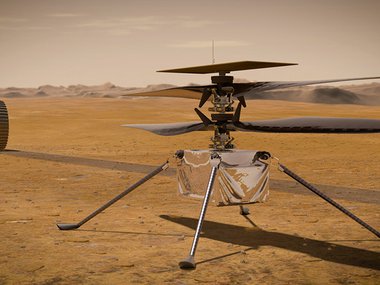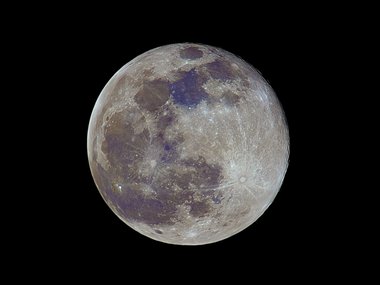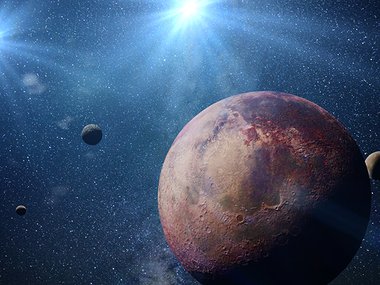Question Your World: How Can We See Just The Human Impact On Our Atmosphere?
On December 7, 1972, Apollo 17 astronauts took a photo of the Earth that would come to be known as the Blue Marble. This is one of the most famous photos taken of the entire planet from space. Soon after this photo was released, the conservation movement took off at top speed. We were finally given a visual of the home that all humans, regardless of nationality or political affiliation, commonly share. The photo was not only an image, but it finally allowed us to see the big picture. Now we seek new photos to get new data in a time when climate change and its impacts are happening faster than ever. A view from space could help us further understand exactly what we humans are contributing to our planet’s climate. But, how can we see just the human impact on our atmosphere?
Since the Blue Marble, many other photos and data from space have gone on to help us understand more about the big picture. We’re living in a time where our technological pace is getting faster and so is our need for more accurate data on the things that matter the most. Climate change and technology still have a pretty long road ahead. So, when big breakthroughs happen in the overlap of climate and technology, we simply must pay attention.
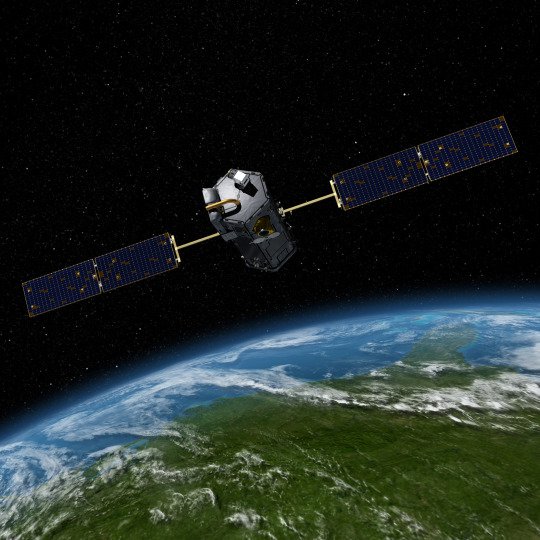
Recently a NASA satellite made some pretty big news regarding the accuracy of measuring the human impact on our atmosphere. The Orbiting Carbon Observatory-2 satellite’s news is causing a lot of excitement for the science community at large. Better understanding the many changes that are happening on our planet right now will give us a more focused direction on how to interpret data, begin resiliency efforts, and enhance the accountability of our efforts worldwide.
Why do we need to know the human impact on the atmosphere? Well, we currently share the planet with well over 3 trillion trees and a seemingly uncountable amount of other vegetation (plants, flowers, grains, etc). That vegetation is responsible for a large part of our planet’s oxygen and carbon dioxide. As plants grow, they absorb carbon dioxide; as they die, they release carbon dioxide. The seasonal transformation is easily visible here in Virginia, but to see how it works in the big picture we have to look at it from space. This annual cycle, the planet’s natural goings-on, happens like clockwork. While humans have had a dramatic impact on the atmosphere, we must keep in mind the vegetation has as well. That’s where this new satellite from NASA comes in, to help us get a sharper focus on the big picture.
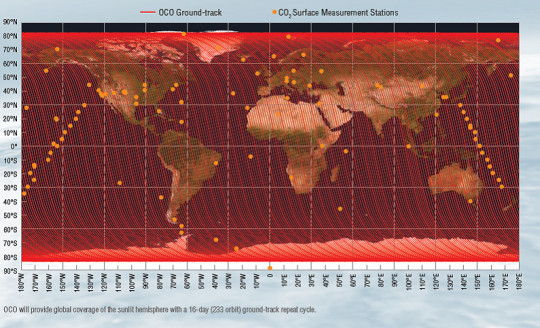
By observing the seasonal ebbs and flow of gases, scientists were able to find an interesting way to see just our human impact. Subtracting the natural vegetation’s gas intake and release cycles from this satellite’s eye view gives us a very clear look at the heat trapping gases that are being factored in here. The human impact can now be seen in the most accurate way yet. Thanks to this orbiting satellite, we can see exactly where we are putting our portion of carbon dioxide into the atmosphere.
While this news may not have anything to do with directly removing our impact or lessening the damage, it does something truly wonderful for the entire climate change dialogue. This will give us a new level of accuracy that is needed to make decisions as we move forward on this topic. To be able to see exactly what humans are doing, where it is happening the most, and the rate of change over the years will all be valuable aspects of becoming more resilient to human-caused climate change.
